Now that Star Wars: The Last Jedi is finally available to view at home, perhaps it’s time to sit down and give it another watch. While the film has certainly been divisive, it also contains rich, complex themes that are especially poignant in this day and age. Rian Johnson’s 2017 addition to the Star Wars franchise takes a lot of risks, especially with the character Luke Skywalker. But those risks are what makes the film not only great, but the perfect Star Wars story for these turbulent times. So, come with me as we journey through the many themes and character arcs of Star Wars: The Last Jedi.
But first…what’s the deal with these new Star Wars films?
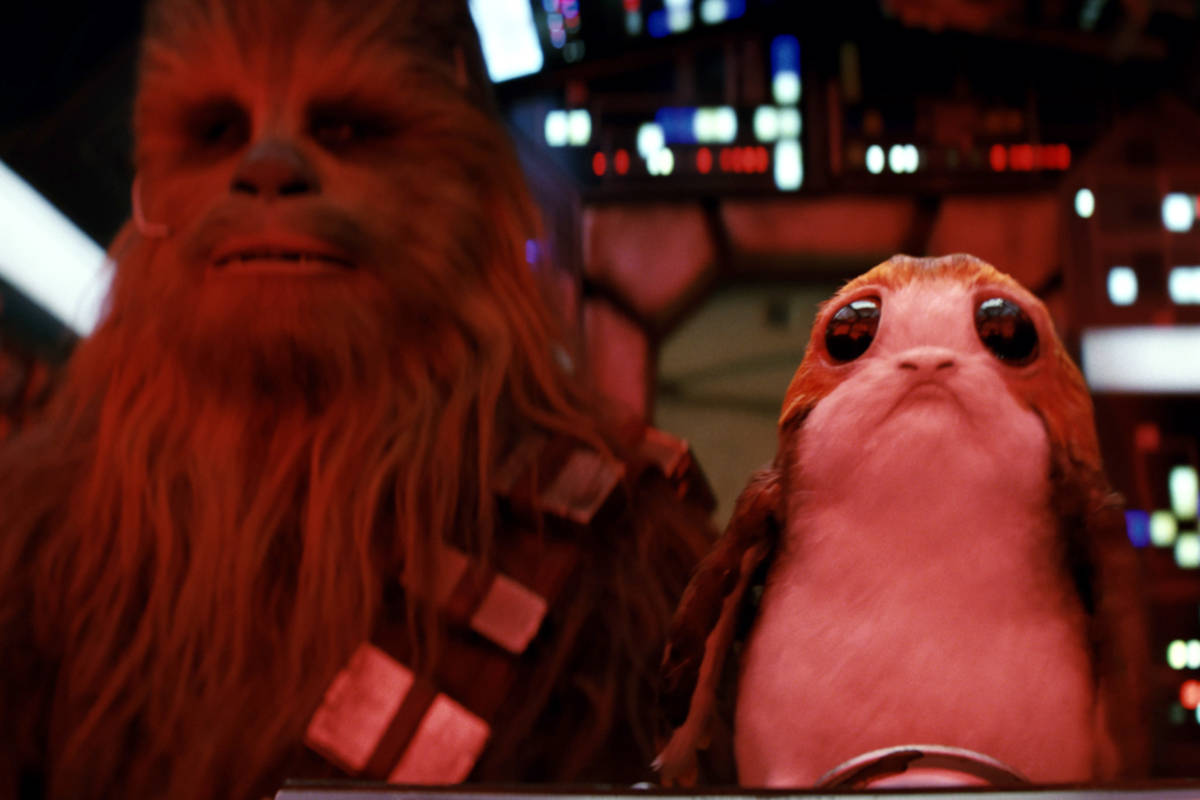
As most people seem to agree, the infamous Star Wars prequels were pretty terrible. I know some people liked them, but overall they’re a nasty blotch on an otherwise pretty clean canvas that is the Star Wars universe. They were critically panned and many fans felt they lacked the spirit and charisma of the original trilogy. So when The Force Awakens was released in 2015, there was a lot riding on it. Not only did it have to get people back into the franchise, but it also had to prove that Star Wars could continue without the involvement of creator George Lucas. In addition, it had to find a way to appeal to younger audiences, since Star Wars has always been, at least partially, marketed towards children.
Needless to say, 2015 was a very different time than 1977, when the first Star Wars movie came out. The 2010’s have been characterized by a growing commitment to diversity and representation in art, and for Star Wars to make its triumphant return, it had to make that same commitment. Because of this, The Force Awakens, while a solid starter film, had the unfortunate burden of having to devote a lot of time to both establishing a new Star Wars world and making it recognizable for long time fans. This doesn’t bog the film down too much, but it does mean there’s less room for character development and thematic storytelling. I don’t mean that in a negative way; the writers didn’t have a lot of choices and I think they did a great job, given all they had to accomplish in order for the reboot to be successful.
Then there was 2016’s Rogue One: A Star Wars Story. Though not a part of the new trilogy, Rogue One continued the diversification of the Star Wars universe in a way that hadn’t been done before. More significantly, Rogue One was released at the end of 2016, a year that saw social and political revolutions forming, especially after the US presidential election. A film about a group of everyman rebels fighting back against an oppressive regime could not have been more timely for a great number of people. Rogue One continued Star Wars’s transformation into a 21st century franchise, while also saying to young people: “I see you. I hear you.”
Enter The Last Jedi

When I saw Star Wars: The Last Jedi for the first time, I was blown away. Here was a film that took all the untapped potential of its predecessor, The Force Awakens, and created a story that was unique, engaging, and profoundly meaningful. But though the film received critical acclaim, audiences were split, claiming that there were unnecessary scenes, that Luke Skywalker’s character arc was awful, that Rey was a Mary Sue, that Rian Johnson had ruined Star Wars forever.
Now, everyone is of course entitled to their own opinions. But I think there’s also merit to reevaluating our positions, especially with a film that has so much going on. I’ve seen the film a total of four times, and I’m certain I haven’t caught every single element, be it good or bad. I’m not telling you that you have to like The Last Jedi. All I can do is explain why I liked it, and why I believe it has firmly solidified Star Wars as a 21st century franchise, but also stands out as a great film all on its own.
Definitely not scruffy lookin’

First of all, on a purely aesthetic level, The Last Jedi is simply gorgeous. The Star Wars films are mainly known for space and action imagery, but The Last Jedi proved that even a space film can be beautifully shot. There are some wonderful, iconic shots in the original trilogy, of course, but nearly every frame in The Last Jedi sings. These are some inspired visuals, and cinematographer Steve Yedlin should be very proud. (I’m still a bit miffed that he wasn’t nominated for Best Cinematography at this year’s Oscars.)
I would also be remiss if I didn’t mention John Williams’s score. Now, that was nominated for an Oscar, and although it didn’t win, I can definitely understand the praise. True, John Williams doesn’t really need another Oscar (he already has five), but his score for this film is his best since the Harry Potter series. I liked The Force Awakens’s score well enough, but, like that film itself, it seemed to be hinting at better things to come. In The Last Jedi the score carries you like a ship on emotional highs and lows. You aren’t just watching the story unfold; you’re feeling it through the music.
Your weapons – you will not need them

One of the main complaints about The Last Jedi was that the portion of the film where Rose and Finn go to the casino city, Canto Bight, was stupid and pointless. While the mission itself was ultimately futile (more on that later), I’m not convinced their excursion had no narrative purpose. The Canto Bight scenes tie directly into one of the film’s central themes – the exploitative nature of war and weaponry.
At the beginning of the film, Resistance pilot Poe Dameron suffers serious consequences when he disobeys General Leia Organa’s orders to pull out of the fight. His desire to attack gets a lot of people killed, without gaining the Resistance any significant advantage. Similarly, Canto Bight’s residents profit off war and weaponry, exploiting and killing people in the process. The resolution of this conflict happens twofold: when Poe learns restraint, and when Finn and Rose go on a destructive rampage through Canto Bight. Rian Johnson does a brilliant job of tying the many different storylines together thematically. Speaking of which…
You underestimate the power of the edit
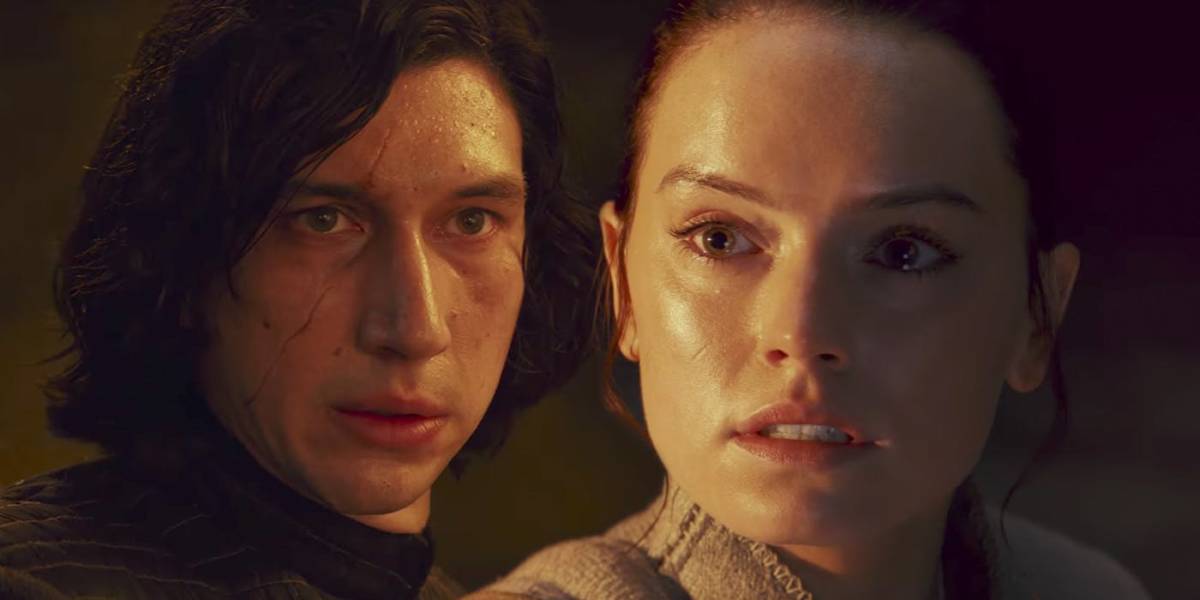
I realize not everyone is a film theorist, but personally I believe the power of editing should be screamed from the rooftops by those in the know. Some of your favorite films probably appeal to you because they’re edited in such a way that makes them engaging to watch.
The Last Jedi has great editing. It boasts many characters, and even though not all of the characters share the same physical space, they relate to one another simply by how their scenes are stitched together. This is most obvious in the scenes with Kylo Ren and Rey’s mental link, as their similarities surface despite their physical separation. The two are seen standing in analogous positions, their backs to the audience, shrouded in silhouette as they try to understand what’s going on between them. At this point, they haven’t even exchanged dialogue, but the sequence of shots forms a bridge between them that the audience recognizes on perhaps a subconscious level: we know these two are connected, though neither of them has said so.
That’s no Mary Sue
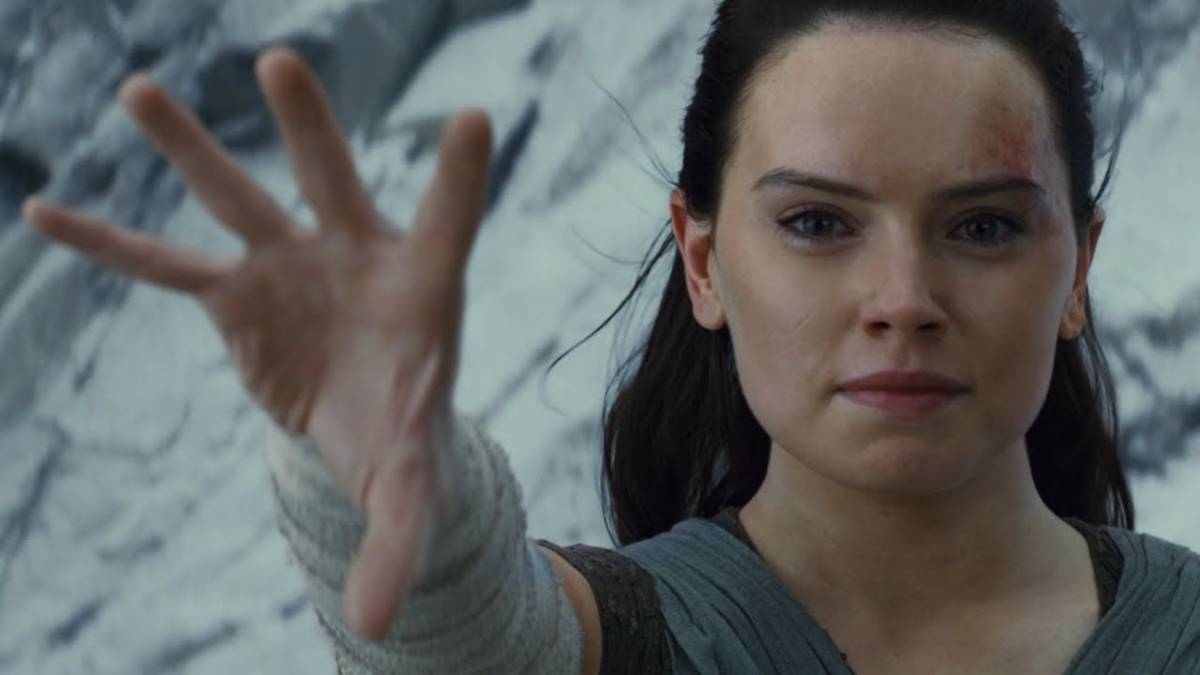
Rey is accused of being a “Mary Sue,” a female character that is perfect and has no flaws, which I don’t think is fair at all. Rey is not perfect. She reacts out of anger, she doesn’t always listen to people when she should, and, most importantly, she fails in both of her missions – to bring Luke to the Resistance and Kylo Ren back to the good side.
Her connection to the Force is powerful, but it’s clear that before meeting Luke she didn’t understand it at all, even though Maz explained what it was, in very Yoda-like fashion, in The Force Awakens. Her big weakness is her fixation on her parents (and Rian Johnson ingeniously makes that the audience’s big weakness, too).
To clarify, she’s not weak for wanting a family, but for holding onto the idea that the family who rejected her really loves her and will come back eventually. Rather than a “Mary Sue,” Rey is a flawed but genuinely good person who comes from no one and had a terrible childhood – a perfect foil to Kylo Ren, whose parents were two beloved heroes, and who turned to the Dark Side despite having every advantage.
And Rey isn’t the only strong character who happens to be female in The Last Jedi. We are introduced to two new female characters, Admiral Holdo and Rose Tico. Rose, a mechanic for the Resistance, carries the legacy of the characters in Rogue One: the everyman, the “nobody,” who puts herself at risk to take down an oppressive empire from the inside. Rose’s spirit and optimism make her a true rebel, someone who is actively trying to make the world a better place. Admiral Holdo, played by why-aren’t-we-casting-her-in-more-things Laura Dern, is a natural leader, a calm, calculating heroine who makes the ultimate sacrifice in one of the more moving parts of the film. For the most part, none of these people feel the need to emphasize their womanhood, but they don’t apologize for it or ignore it, either. And, of course, they are refreshingly not objectified.
My name’s Luke Skywalker, I’m here to disappoint you
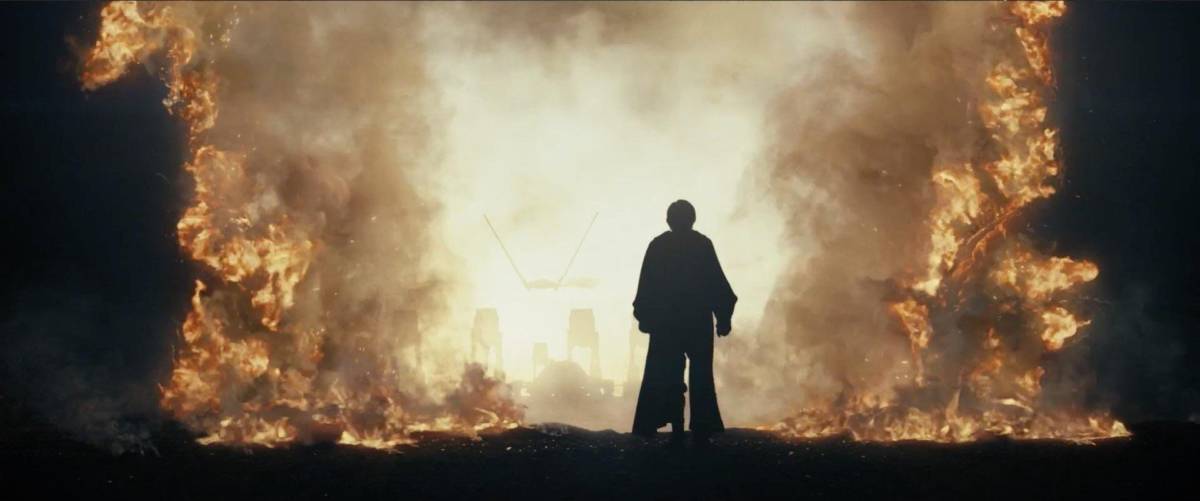
By far the most common criticism was Luke Skywalker’s story arc. Some fans were so enraged that they even started a petition on Change.org to convince Disney to erase The Last Jedi from the Star Wars canon (no, really. That actually happened). Even Mark Hamill had reservations about his character when filming first started, telling Johnson that he disagreed heavily with Luke’s new, darker personality (though he later changed his mind). As for me, Luke has always been my favorite Star Wars character, and I swore going in that I’d leave the theater if they killed him off. And you know what? When it happened, for me it was the best part of the film. But I’m getting ahead of myself.
Before The Last Jedi, we all knew Luke as the optimistic hero who saw the good in everybody. Or did we? I find it odd that people were so shocked by Luke’s change in demeanor. If you go back and watch The Force Awakens, you’ll find that all signs point to old, washed out, miserable Luke. And though it may be hard to accept this changed Luke, his character arc is by far the most meaningful in the whole film, and is the beating heart of the story. By disappointing Rey (and the audience), Luke sets himself up for redemption, where previously, in the original trilogy, he was the redeemer. This is a great example of why the comment that The Last Jedi borrows from the original trilogy is partially incorrect. I wouldn’t call it borrowing so much as responding.
The Last Jedi is having a conversation with the original three, particularly The Empire Strikes Back and Return of the Jedi. It’s not a happy conversation, and it forces us to think more deeply about the Star Wars we know and love. In The Last Jedi, when Luke says to Leia, “I can’t save him” (referring to Kylo Ren), it’s a direct response to Vader’s dying words in Return of the Jedi: “You already have [saved me], Luke.” More poignantly, Luke’s scene with Yoda in The Last Jedi, in which Yoda addresses him not as a student but as a teacher, as a master, echoes Yoda’s line from The Empire Strikes Back: “I cannot teach him. The boy has no patience.” These scenes don’t copy the old ones; they turn them on their heads.
That is why we fail
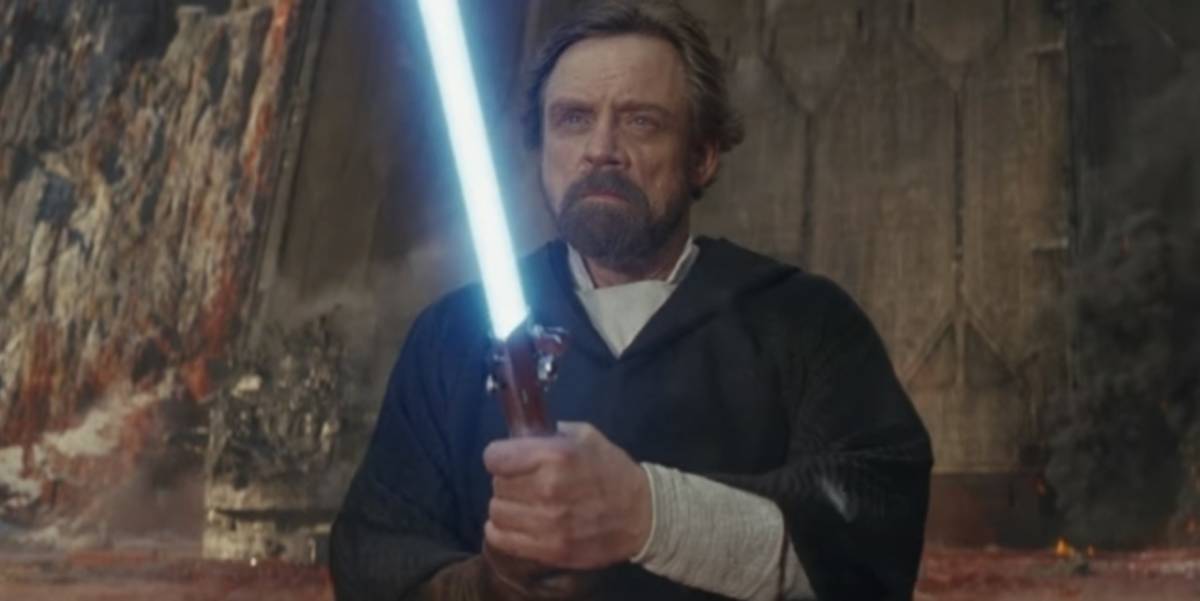
The Last Jedi is a film about failure. It’s about what failure teaches us, what our failures can teach others. That’s why Finn and Rose’s excursion isn’t successful. That’s why the Resistance barely escapes with most of its forces obliterated. That’s why Rey fails in her attempt to save Kylo Ren, because she was trying to follow Luke when he was at his best. But the only way Luke could save them was when he was at his worst. Watching Luke’s force projection scenes, I was reminded of a line from Nickelodeon’s The Legend of Korra: “When we hit our lowest point, we are open to the greatest change.” People are bothered that Luke was morose, passive, disillusioned. They want the optimistic, active Luke back.
But the truth is, we don’t always bounce back from our failures. Sometimes, when we fail at something incredibly important to us, we collapse into shame and guilt. We endure self-loathing. We can’t stand being with others we have wronged. We are afraid of the consequences of our mistakes. We retreat to an island in the farthest reaches of the galaxy and turn away everyone who comes to our door. But, like Luke, we have a choice: we can let ourselves and the ones we love be destroyed by our failures, or we can use them to help others.
Ultimately, that’s what Luke does. He sacrifices himself to confront his greatest mistake, and by doing so, finds success in saving the lives of Rey and the remainder of the Resistance. At the end, he gazes at a double sun, like he did at the very start of A New Hope. He has completed his hero’s journey.
I have a good feeling about this
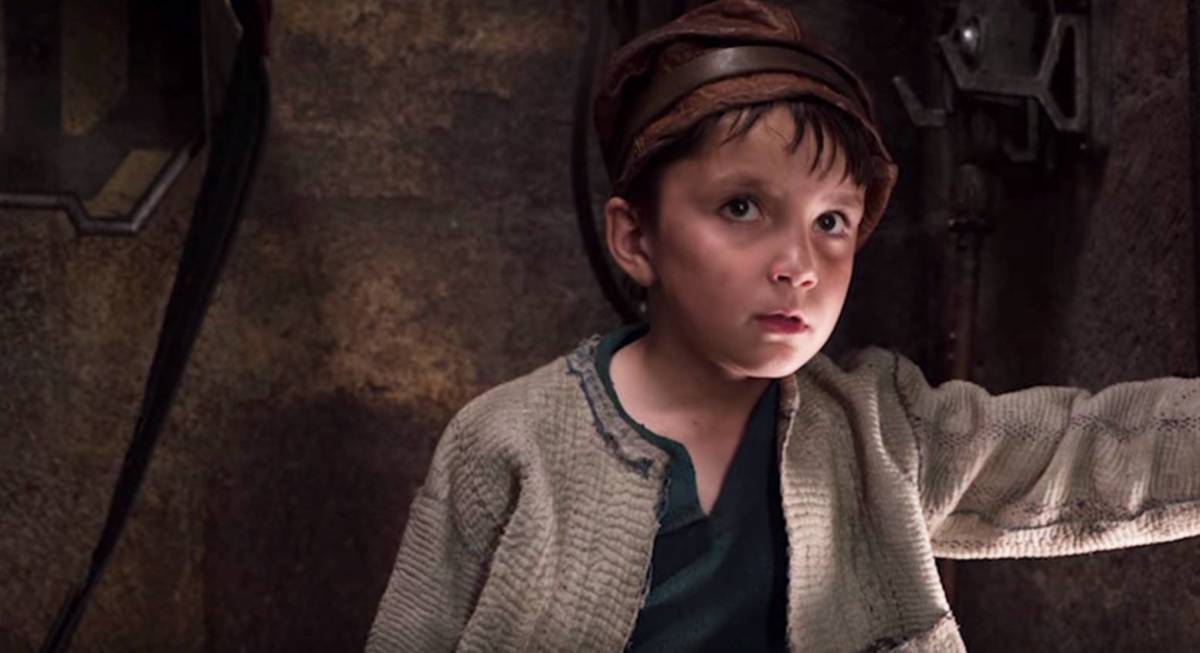
In the wake of social movements like #MeToo, which was at its height only a few months before The Last Jedi was released, people were slowly starting to wake up and realize that many public figures, namely celebrities, they’d previously idolized weren’t the people they appeared to be. Also, as I mentioned before, we’re currently living in a turbulent time when people’s emotions are running high and a particularly revolutionary spirit is in the air.
For me personally, I found The Last Jedi’s focus on failure to be both timely and cathartic. The younger generations are growing older. It will soon be their turn to drive society in other directions, and they will inevitably fail in many ways. But, if there’s anything The Last Jedi can teach us, it’s that our failures are just as important as our successes, and that’s a beautiful message I honestly never thought I’d see in a Star Wars film. That’s why The Last Jedi is the Star Wars film for a new generation. We are all the boy at the end, staring at the night sky as our heroes get things wrong and get things right.
“Heeded my words not, did you? Pass on what you have learned. Strength, mastery. But weakness, folly, failure also. Yes, failure most of all. The greatest teacher, failure is. Luke, we are what they grow beyond. That is the true burden of all masters.”
Some of the coverage you find on Cultured Vultures contains affiliate links, which provide us with small commissions based on purchases made from visiting our site.

